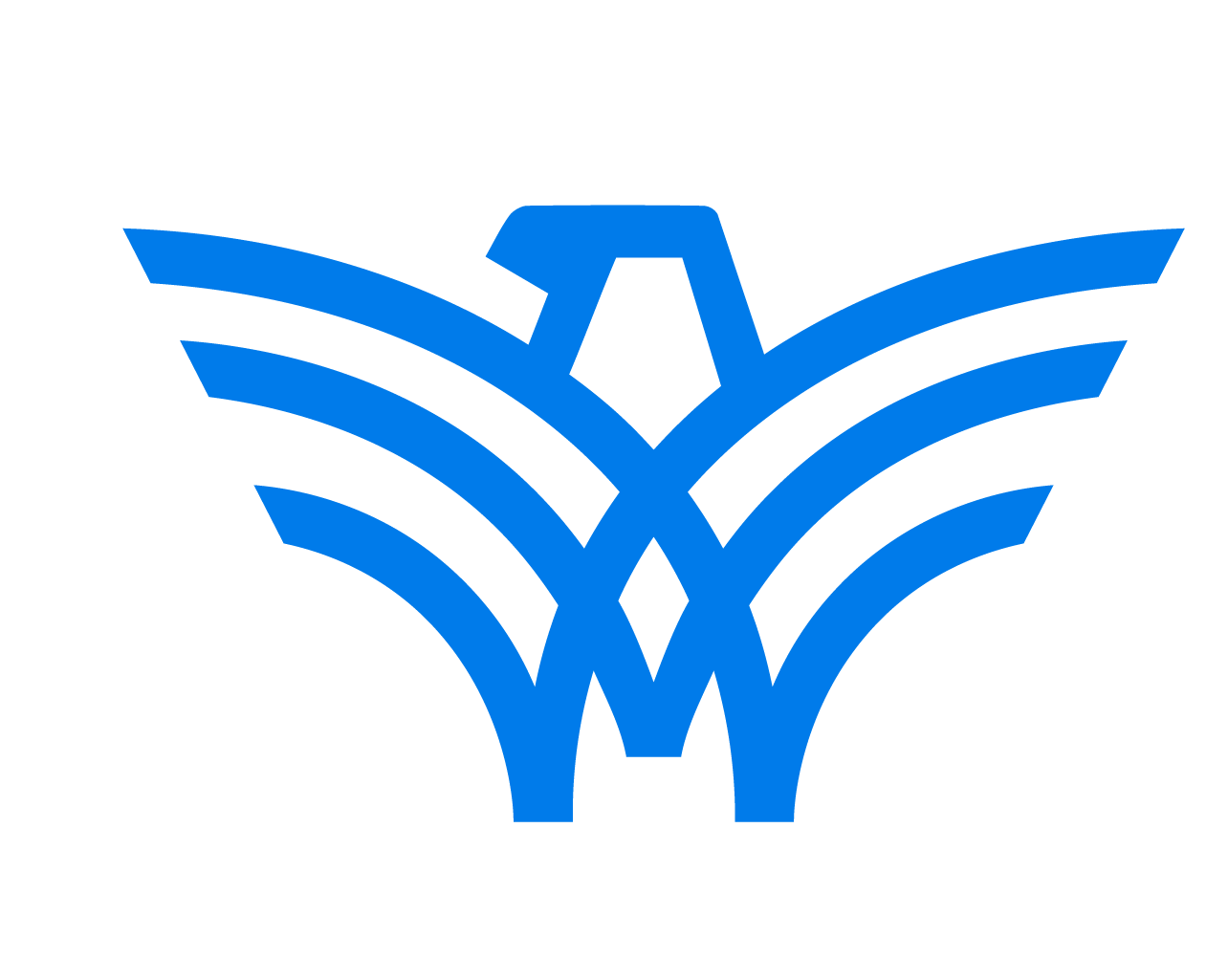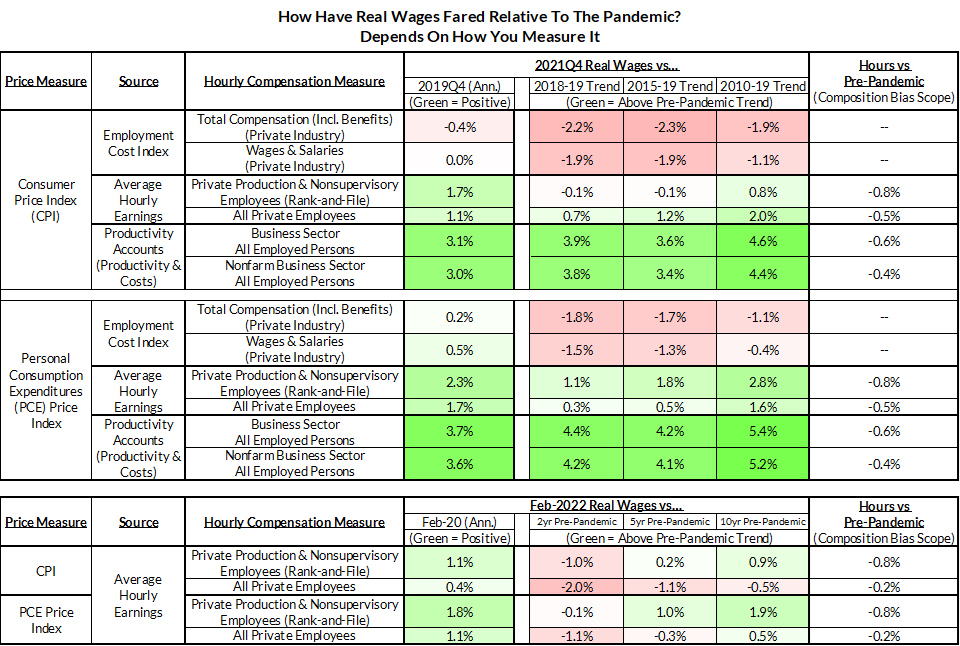Our Labor Market Analysis goes beyond conventional unemployment statistics to assess the true health of the job market. We track prime-age (25-54) employment rates, various wage growth measures, and job dynamism indicators like quits and hires to measure labor market tightness.
Labor Market Analysis

Read the Latest
Read the Latest
The Fed says that the labor market needs to cool in order to bring inflation down. A key part of the case for maintaining the current pace of rate hikes is built on high measures of wage growth. Jay Powell cited the last average hourly earnings figure as one sign
A Labor Supply Shock? Much ado has been made about the shortfall in the headline employment-to-population ratio and the headline labor force participation rate of late. Many have claimed that recent wage and price pressures trace back to a “labor supply shock”. Some have even tried to make the more
The Federal Reserve has given job vacancy data center stage in assessing the strength of the labor market. The theoretical and empirical issues with vacancies data show that this is a mistake.
As of the first quarter of 2022, we have effectively recovered the jobs and wages lost to the pandemic-induced recession.
The prime-age employment rate rose by 0.5% in November 2021 to 78.8%, but this was abnormally low relative to the not seasonally adjusted (NSA) estimate of 79.3%. The 2019Q4 peak was 80.3%. The next employment report will feature seasonal factor revisions in the household survey (the

Chair Powell and others have bemoaned the allegedly sideways trajectory of labor force participation, while other commentators have taken an even more pessimistic view, assuming that a large swath of people who were employed just two years ago to be permanently unavailable now. To evaluate the recovery correctly (and measure
Critics are claiming the American Rescue Plan was too ambitious as fiscal stimulus. The data suggests today's inflation is due to the speed with which the economy is adding jobs, not the number of jobs added. As such, critics are really wishing for a slower recovery with a slower pace of job growth.
“Real wages” are often presented as a neutral measure of the ability of households to buy definite quantities of real goods after adjusting for changes in both prices and wages. In reality, "real wages" explain far less about household economic well-being than these stories confidently imply.

